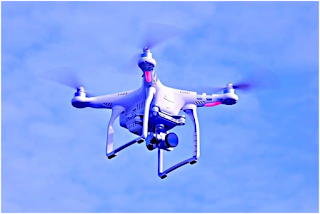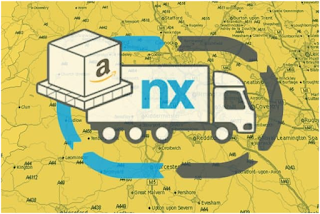parcel service from croydon to india – Amazon Drone Delivery
In 2013
online retailer Amazon announced plans to develop drone delivery as an
alternative to using courier or Click & Collect. Amazon Prime Air aims to
enable customers to receive their goods within 30 minutes of ordering, which is
a tall order. It’s technically possible to have a journey time of less than
half an hour, but the item still needs to be picked and packed, which typically
depends on demand and staffing.
The
principle is that items weighing around 2kg can be carried by a miniature
Unmanned Aerial Vehicle (UAV) from an Amazon Fulfilment Centre to
a landing pad in the customer’s garden. So far, so feasible.
Even
if the technology and regulation enables it to ‘take off’, the project also
relies on customers around the world to embrace the service.
 |
| parcel service from croydon to india |
Drone Delivery
Technical
issues are abundant, such as aerial obstacles that may be in the drone’s path.
On the way to the customer, the drone would have to encounter and avoid
overhead electricity cables, birds, tall buildings and trees. Even if the
device could be programmed (or manually piloted) to identify and divert away
from static architecture, it’s pretty impossible to steer clear of fast-moving
and unpredictable birds. Their ‘sense and avoid’ technology needs to be
extremely sophisticated in order for drone delivery to overcome these literal
obstacles.
Regulation
appears to be the biggest hurdle in the way of implementing this aerial drone
technology for commercial use. America’s Federal Aviation Association will not
make commercial use of UAVs legal unless several safety
measures are met. The drones must not fly higher than 400ft or faster than
100mph, and they must be monitored by human pilots to ensure safe transit.
 |
| parcel service from croydon to india |
Amazon
will inevitably have to collect data based on the location of the customers and
what they are ordering.
The
goods will ultimately be left outside, albeit on the customer’s property. The
customer must decide if this innovation is worthwhile for the sake of saving
delivery time.
Of
course, there is inevitably one ultimate winner in the scenario, from increased
sales and lower costs associated with delivery. Otherwise Amazon wouldn’t
develop the technology.
Could
we soon reach a point in the UK where we can order something from Amazon in the
morning and have it arrive in our back garden by the time we get home from
work?


Comments
Post a Comment